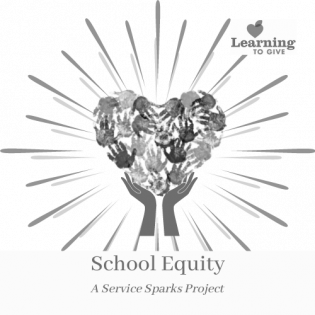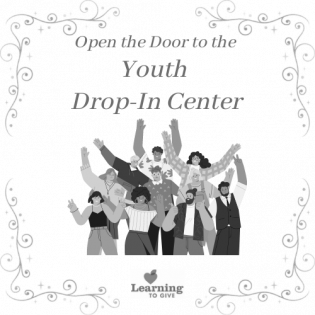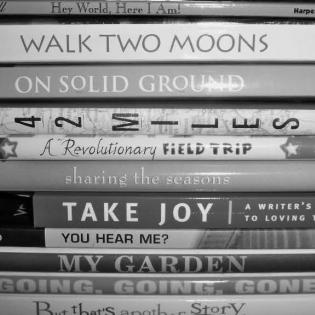Ignite meaningful action that lights up the world through "Service Sparks" youth projects! Youth identify inequalities in policies and practices and learn the processes by which young people can freely express concerns in their learning environment.
Filter by subjects:
Filter by grades:
Filter by audience:
Filter by issue area:
Filter by content type:
Filter by resource type:
resource search
Students explore the roles of bees in a hive and as pollinators. They learn about reasons their population numbers have been declining in recent years. They design a project to help beautify their school and help the larger environment by attracting bees. They may write a letter...
Written by Dana R. H. Doan
Definition
Youth learn about the toxic ingredients in personal care products and take action to protect local waterways from the effects of the chemicals.
A youth drop-in center serves youth from ages 14-24 who are not securely in a home and need some support. They may need a place to shower, apply for jobs, learn skills, or get mental health support as they work toward finding a place to live. Learn about this organization and how you can help.
We observe how power and privilege are used to keep African American families oppressed even after they were freed from slavery.
Written by Andy Williams
Biographical Highlights
The learners view works of art that advocate for social change and find that art can influence social change. The learners select an issue of human rights and create a work of art that represents the issue. They write a paragraph of explanation about their work.
Book Spine Poetry
Make a poem from the titles of books found in your library.
This activity may be done alone, in a small group, or even virtually in a group meeting.
Develop an understanding that you can find poetry everywhere: from lyrics to songs, commercials and rap. Investigate the philanthropic themes are often found in poetry.


